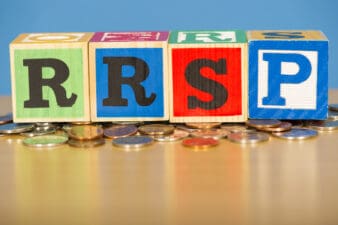Many Canadian workers displaced by the coronavirus outbreak have money for rent, bills, and other payables because of federal aid. Thousands have transitioned to Employment Insurance (EI) after the ending of the Canada Emergency Response Benefit (CERB) on September 27, 2020.
However, if you didn’t qualify for EI benefits, the Canada Revenue Agency (CRA) is open to receive applications for the Canada Recovery Benefit (CRB). The program is on its sixth (December 6 to 19, 2020) of 13 eligibility periods. If you meet the eligibility requirements, you can receive $2,000 monthly or up to $13,000 in 26 weeks.
How CRB works
Unlike CERB’s four-week periods, each CRB eligibility period is for two weeks. A period starts on a Sunday and ends on the Saturday of the following week. You can apply on the first Monday after the period has ended. The first eligibility period is from September 27, 2020, to October 10, 2020.
The CRA clarifies that you may apply for CRB retroactively for any period up to 60 days after that that period has ended. Likewise, you don’t need to take the 13 periods consecutively. However, renewal is not automatic. You must apply for each period separately.
Actual proceeds
The CRA pays $1,000 every two weeks, which is still $2,000 per month effectively. This time, the agency will deduct the 10% tax due on the benefits upfront. Hence, an eligible recipient will receive $900 (after-tax) for the period applied for.
CRB is available between September 27, 2020, and September 25, 2021. The payments will stop when you reach the maximum allowed. You can no longer apply for or receive CRB when you reach 13 periods or 26 weeks.
There would be instances the CRA can take back your CRB. If you applied for the benefit and later found out you’re not eligible, you must return any payments received. For erroneous payments received in 2020, the CRA encourages ineligible recipients to return the pandemic money before December 31, 2020.
Recession-resistant investment
Earning CRB-like income is possible during the pandemic. North West Company (TSX:NWC) is an attractive option for income investors. You would be investing in a recession-resistant dividend stock. This income-producing asset is ideal for risk-averse investors, because it’s a retail monopoly.
This $1.62 billion company operates retail stores, selling groceries and other essential household items, in extreme geographies. It has a monopoly of the markets in Canada’s far north, Alaska, and the Caribbean. The business is super stable, and there’s hardly a threat from e-commerce sellers.
Starting December 2020, North West will further boost its healthcare services in remote locations in Northern Canada. By partnering with HumanisRx, the company can provide medication optimization services using the former’s unique MedMonitor program.
Thus far, in 2020, the consumer-defensive stock is outperforming the TSX (+26% versus +1.96%). At $33.24 per share, the dividend yield is an incredible 4.35%. An investment equivalent to the $13,000 CRB will generate $565.50 in passive income. If you own $138,000 worth of shares, the monthly earning is $500.25.
Temporary lifeline
CRB is a temporary program by the federal government. If you’re employed or self-employed, displaced by the pandemic, but ineligible for EI benefits, CRB is your lifeline during the recession. Apply if you must to ride out the crisis.







